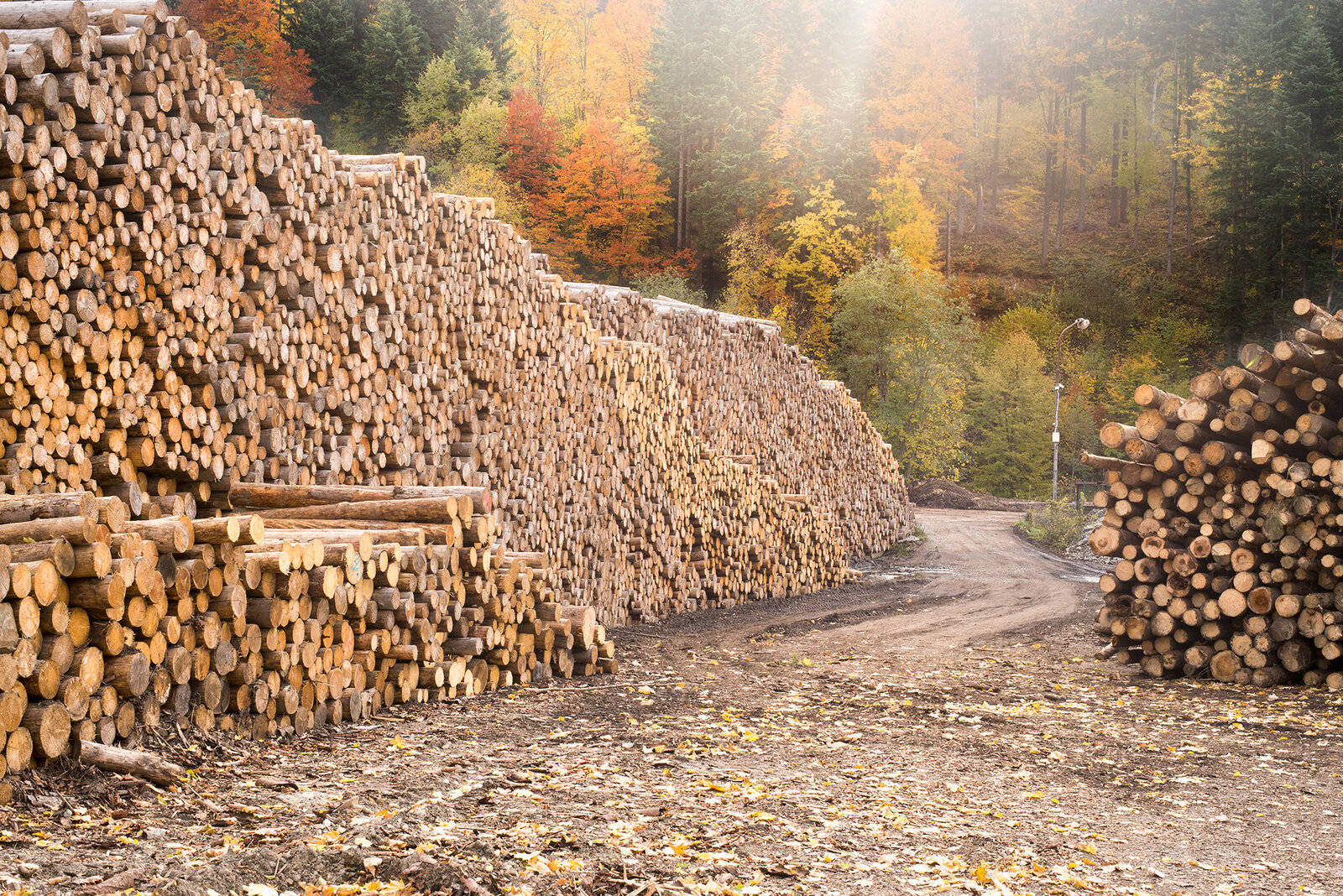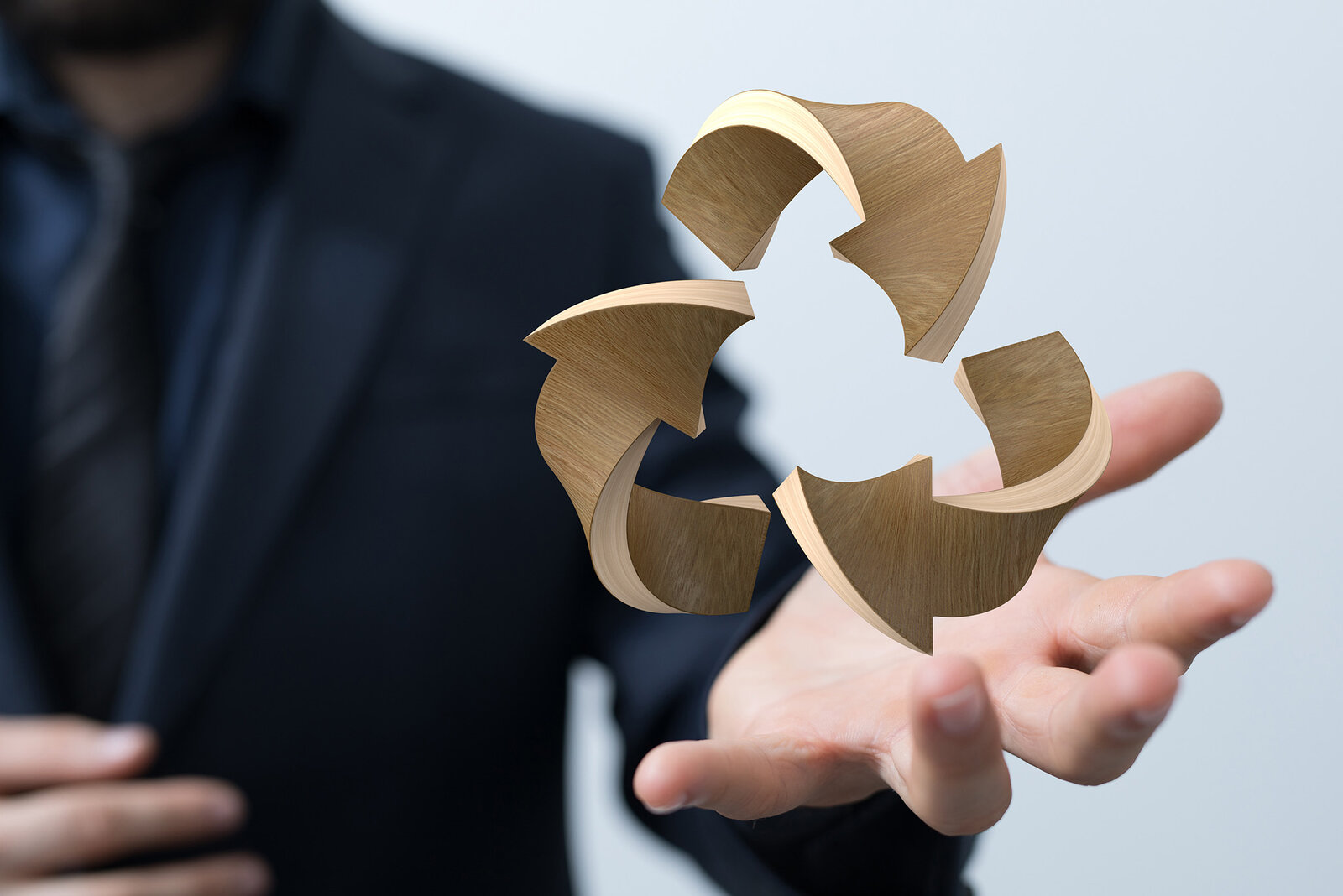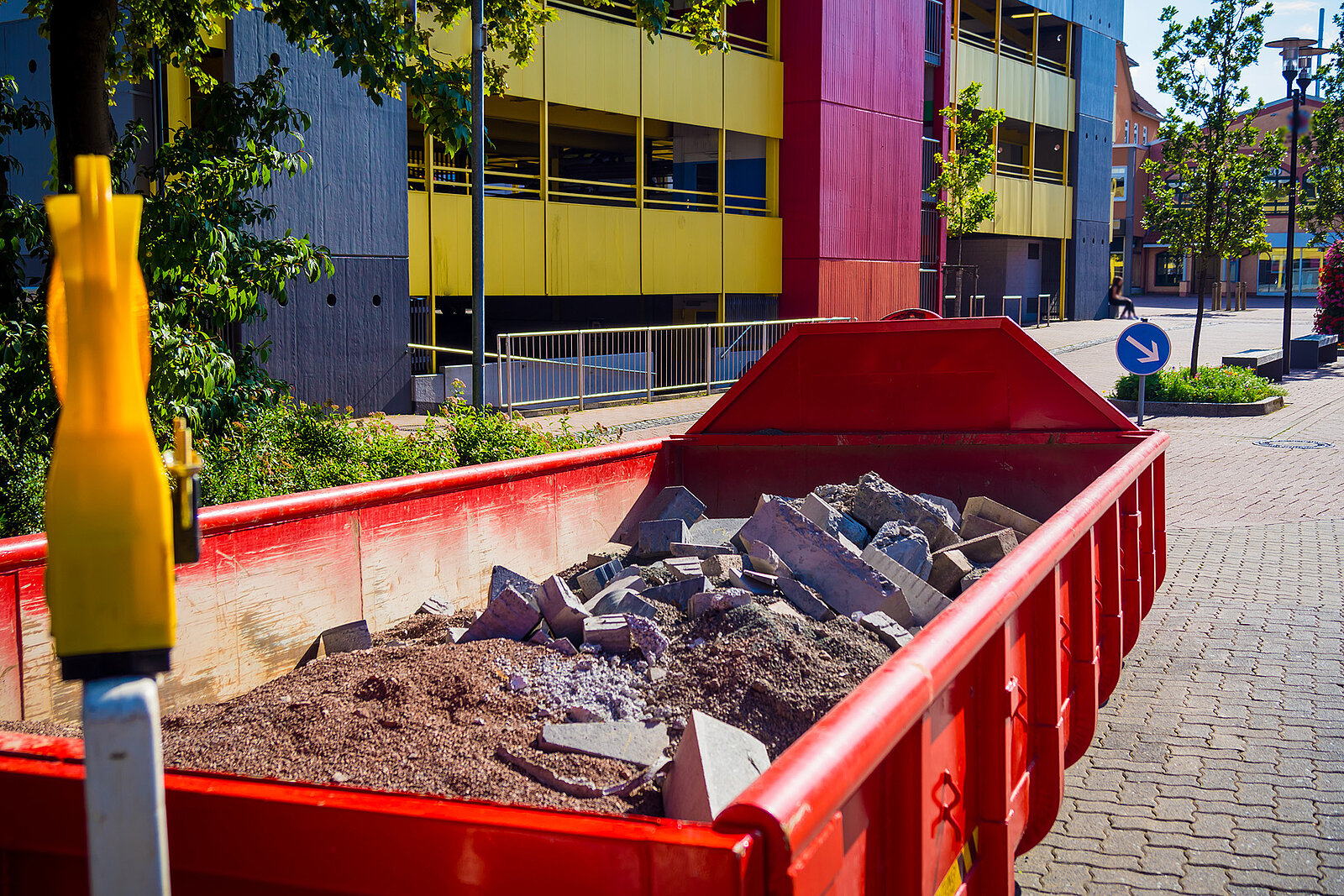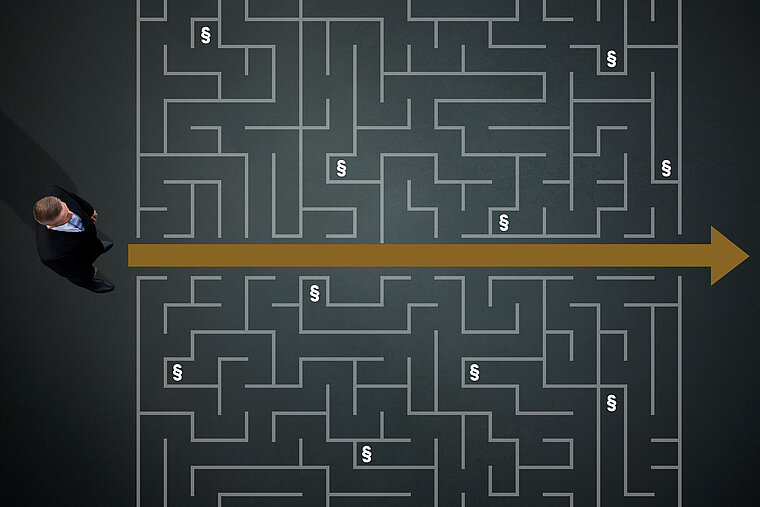Consulting
Development of an individual, ideal data center concept - secure, efficient and economical
Analysis
An independent picture of the infrastructure as the basis for all decisions
Strategy
With the help of our strategy modules, we support you in aligning your IT and identify and evaluate the most important influencing factors - tailored to all current and future requirements
Project Development
We check the general conditions, keep an eye on norms and standards and develop a concept - including all necessary documents
Energy and Environmental Management
We uncover weak points and potentials in the area of energy consumption and demand, tap subsidies and accompany you through audits and certifications - all the way to the implementation of an energy management system
Documentation and Manuals
Analysis and documentation of the current and target state of your IT infrastructure in the area of documentation management, structures, procedures and processes to reduce corporate and liability risks for management and IT leadership
Certification Support
Whether it is an environmental quality mark, certification as a prerequisite for customer acquisition or a requirement from your insurer - we accompany you through the process right from the start
Engineering
We plan your data center completely from one source - independent of industry, infrastructure, location and new or model construction
Architecture and Technical Building Equipment (TBE)
Our team, closely interlocked between architects and TGA planners, takes care of the development of your data center holistically
Construction
We take care of the realization of data centers and the protection of your IT infrastructures, tailored to your individual needs
General contractor - General transferee
GC: You have the plan, we execute it - until turnkey handover
GT: Everything from one source - complete and reliable implementation of your project
General contractor - General transferee
GC: You have the plan, we execute it - until turnkey handover
GT: Everything from one source - complete and reliable implementation of your project
Data Center Solutions
We offer you modern and sustainable implementation options - whether modular, plug-and-play or CO2-neutral
Data Center Components
We take care of every suitable component in your data center planning - environmentally, budget and resource friendly
We offer high security products for your IT infrastructure
Service
We take care of the maintenance, security and economic optimization of your IT infrastructures
Maintenance
Maintenance of existing and new equipment - reduction of possible malfunctions and failures, maintenance and checking of maintenance and service protocols, possible repair work
Preventive measures
We prevent possible weak points and uncover sources of error so that we can ensure the smooth operation of your data center
Controlling and Monitoring
Round-the-clock monitoring, 24-hour hotline exclusively for contract customers, and service level agreement (SLA)
Operating costs and energy optimization
We analyze your current situation and optimize the set screws of operating and energy costs to ensure the profitability and sustainability of your data center
- Data Center Group
- Company
- Sustainability
- Recycling and sustainable building materials
Recycling and sustainable building materials
The use of sustainable building materials and recycling in the construction of data centers is an important step towards reducing the environmental impact of these highly energy-intensive facilities. There are some important aspects to consider here. The Data Centrer Group is able to implement these aspects as well as sustainable and innovative solutions.
![[Translate to English:] Baupläne mit Miniaturhäusern aus Holz darauf, seitlich grüne Blätter]( /fileadmin/_processed_/7/2/csm_AdobeStock_398671155_6ac7831d75.jpeg)

Wood: The use of wood from sustainable forestry for the construction of data centers is an environmentally friendly option. Wood is renewable and has a lower carbon footprint compared to concrete or steel and allows for a shorter construction time as it does not need to dry out, unlike reinforced concrete, and allows for modular construction.
Recycled concrete: Instead of using conventional concrete, recycled concrete made from demolition materials can be a sustainable alternative. The recycled material is crushed and processed into a new form of concrete. This reduces the need for newly mined resources and reduces CO2 emissions in the production of cement.
Green insulation materials: The use of environmentally friendly insulation materials and renewable raw materials such as hemp, sheep's wool or recycled glass minimises the CO2 footprint and contributes to the energy efficiency of the building.

The choice of sustainable building materials should go hand in hand with an energy-efficient building design. This includes the optimal placement of windows, thermal insulation and the use of renewable energies such as solar energy. By using regional materials, the supply chain can be shortened and energy can be saved by travelling short distances.

A life cycle analysis (LCA) can help to assess the environmental impact of a data center from planning through construction to operation. This makes it possible to identify areas where sustainability improvements can be made.
The conventional product life cycle begins with the procurement of raw materials, which are then processed and manufactured into the end product. The product is then utilised with the help of the energy required. The end of the cycle is marked by the dismantling of the product. Normally, the product is then recycled in parts and excess material is disposed of.
DC IT Rooms and Micro Data Centres from the Data Center Group can be dismantled and reintegrated into another building infrastructure so that the product life cycle does not end there, but begins anew. By working closely with industrial customers (Industry 5.0), we are able to understand their own IT strategy approach and jointly extend the life cycle of our products, for example by relocating an MDC micro data centre from one industrial site to another.

The disposal and recycling of electronic waste generated in the data center is also of great importance. Electronics recycling can recover valuable metals and properly dispose of hazardous substances.
The use of sustainable building materials and recycling practices in the construction of data centrers can help minimise the environmental impact of these facilities while improving their efficiency and cost-effectiveness. It is important that these principles are incorporated into the planning and design of data centers from the outset.
Waste heat recovery
We use accruing waste heat to generate heat
Certification
according to the Blue Angel eco-label
Photovoltaics & Facade Justification
Energy recovery and natural heat reduction of the IT protective shell
Research cooperation
We work on the topics of the future






